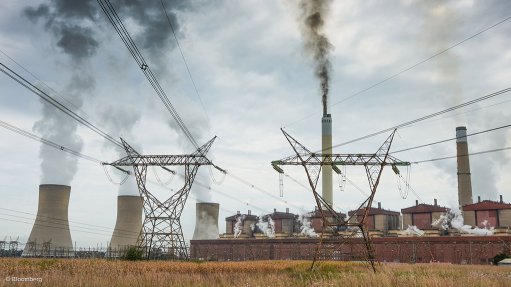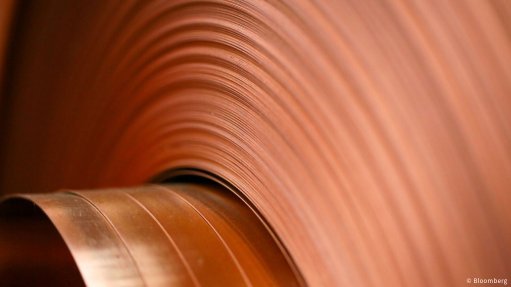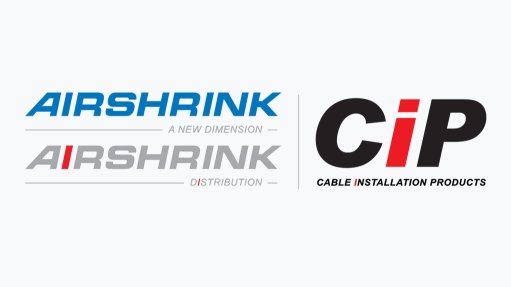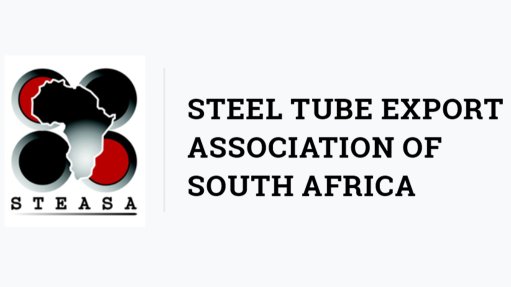Global lithium sector eyes Argentina's salt flats on tech test run
SALAR CENTENARIO - In a dusty plain in northern Argentina's mountains, black tubes stretching two stories high fill a massive tank with salty brine sucked from deep below ground.
The brine contains lithium, a silvery white metal essential for making electric vehicle batteries and in high demand as the world shifts to green energy. French miner Eramet is attempting to use an innovative technique, known as direct lithium extraction, or DLE, in a race for cleaner, faster and cheaper ways to produce the metal with less water.
Unlike traditional methods, there are no pools of brine spanning the size of football fields where lithium is left behind after the liquid evaporates in the sun.
DLE, which extracts the metal much more quickly, could be critical to global production given 70% of the world's lithium is found in brine, rather than rock or clay.
Eramet is being closely watched by competitors from the US to Chile that are also working to commercialize DLE. It aims to pump out its first ton of lithium carbonate in November and scale up to 24 000 metric tons a year by mid-2025.
The $870-million project in the northern province of Salta puts Argentina, the world's No. 4 lithium producer, in the spotlight ahead of projects due online in the country in the coming months from mining giant Rio Tinto, South Korea's Posco and Chinese miners Zijin and Ganfeng.
Argentina's new production should about double its capacity, narrowing the gap with Chile, Latin America's top producer. Some analysts say it could overtake Chile around the end of the decade even if hurdles remain.
The exact timing for the ramp-up of Eramet's Centenario plant, co-owned with Chinese nickel and steel giant Tsingshan, remains uncertain.
"It's a complex plant," CEO Christel Bories said in an interview. "The challenge is always, will we be able to reach the nominal capacity, and when?"
For over a decade, Eramet, which produces manganese, nickel and mineral sands elsewhere, tried different technologies before opting to develop a process largely in-house.
The need to tailor the extraction method to a specific brine deposit, each with its own concentration of lithium and other metals, is part of DLE's complexity.
It will take time to see if Eramet's strategy pans out, said Joe Lowry, an industry consultant. "The proof will be sustained consistent production of battery quality product, and it is too early to say this will happen with any degree of certainty."
FASTER LITHIUM
The first batch of brine will not be ready for the direct extraction phase until August, engineers told Reuters last week, as dozens of workers in red thermal jackets inspected the plant.
Wild vicuna, similar to llamas, darted around the site at an altitude of 4 000 meters five hours' drive from the nearest city.
Eramet's DLE depends on a tailor-made material that soaks up lithium from brine like a sponge and sits inside a row of blue tanks, each big enough to fit an SUV. Impurities like sodium chloride, or table salt, can then be largely washed away.
The material, called a sorbent, works at room temperature, unlike some forms of DLE that can require heating, and yields 90% lithium, compared to 40% or 50% in evaporation ponds. The technique allows Eramet to produce a ton of lithium carbonate in one week, versus a year with traditional methods.
Eramet plans to ultimately pump brine in a continuous cycle from 20 nearby wells that stretch 400 meters deep. Before that can happen, it must finish the critical commissioning phase.
Pipeline valves need to open properly. Computers must sync with several thousand sensors. An evaporating chamber shaped like a spaceship has to avoid temperature swings.
"You go step by step, making sure you can get to the next phase," said engineer Soledad Gamarra. "There's the option to take pauses, but we really don't want that to happen."
Eramet's process aims to recycle 60% of the water, eventually moving up to 80%, reflecting the industry's goal to offset controversy around the large volumes of water required by many types of DLE, especially in arid areas. International Battery Metals, which is close to launching DLE near Salt Lake City in the US state of Utah, aims to recycle more than 98% of its water.
Some environmentalists say Eramet's project is the latest threat to previously untouched salt flats.
"They are a perfect system of equilibrium, of life," said Mara Puntano, an activist in Salta who represents indigenous communities.
Eramet will seek certification under the rigorous standards of the Initiative for Responsible Mining Assurance, and aims to cut water use and chemicals at a planned second plant, estimated to cost $800-million.
"Phase two, technology wise, will be a big step of progress," Tsingshan's South America head, John Li, said in an interview.
Tsingshan and Eramet will scout for buyers in China and elsewhere in Asia, they said. Despite a lithium supply glut that has depressed prices and forced some mining companies to pull back, Bories said Eramet had a healthy margin, with current prices more than double its cash costs per ton.
Article Enquiry
Email Article
Save Article
Feedback
To advertise email advertising@creamermedia.co.za or click here
Press Office
Announcements
What's On
Subscribe to improve your user experience...
Option 1 (equivalent of R125 a month):
Receive a weekly copy of Creamer Media's Engineering News & Mining Weekly magazine
(print copy for those in South Africa and e-magazine for those outside of South Africa)
Receive daily email newsletters
Access to full search results
Access archive of magazine back copies
Access to Projects in Progress
Access to ONE Research Report of your choice in PDF format
Option 2 (equivalent of R375 a month):
All benefits from Option 1
PLUS
Access to Creamer Media's Research Channel Africa for ALL Research Reports, in PDF format, on various industrial and mining sectors
including Electricity; Water; Energy Transition; Hydrogen; Roads, Rail and Ports; Coal; Gold; Platinum; Battery Metals; etc.
Already a subscriber?
Forgotten your password?
Receive weekly copy of Creamer Media's Engineering News & Mining Weekly magazine (print copy for those in South Africa and e-magazine for those outside of South Africa)
➕
Recieve daily email newsletters
➕
Access to full search results
➕
Access archive of magazine back copies
➕
Access to Projects in Progress
➕
Access to ONE Research Report of your choice in PDF format
RESEARCH CHANNEL AFRICA
R4500 (equivalent of R375 a month)
SUBSCRIBEAll benefits from Option 1
➕
Access to Creamer Media's Research Channel Africa for ALL Research Reports on various industrial and mining sectors, in PDF format, including on:
Electricity
➕
Water
➕
Energy Transition
➕
Hydrogen
➕
Roads, Rail and Ports
➕
Coal
➕
Gold
➕
Platinum
➕
Battery Metals
➕
etc.
Receive all benefits from Option 1 or Option 2 delivered to numerous people at your company
➕
Multiple User names and Passwords for simultaneous log-ins
➕
Intranet integration access to all in your organisation
















